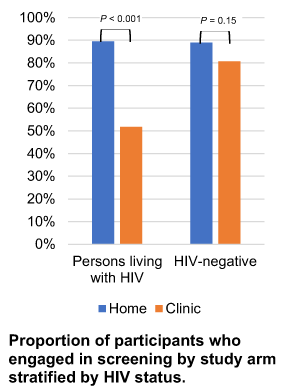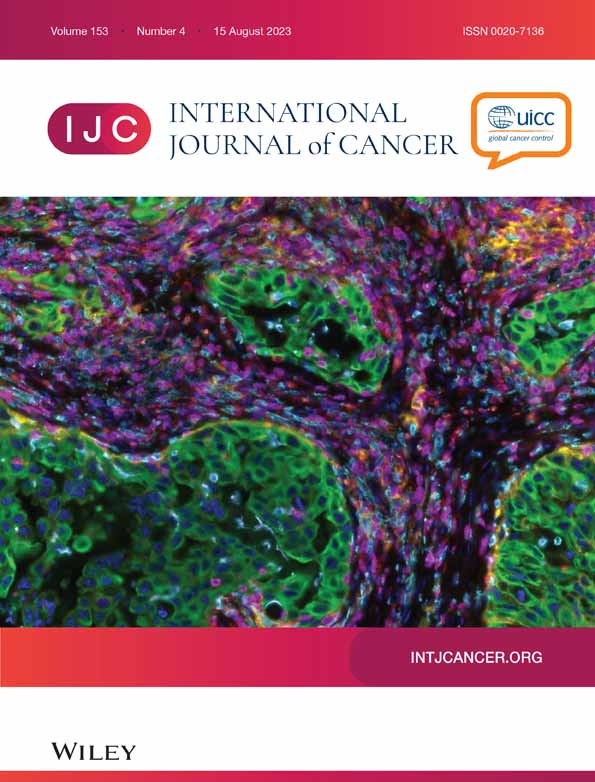Home-based self-sampling vs clinician sampling for anal precancer screening: The Prevent Anal Cancer Self-Swab Study
Abstract
Sexual minority men are at increased risk for anal squamous cell carcinoma. Our objective was to compare screening engagement among individuals randomized to self-collect an anal canal specimen at home or to attend a clinic appointment. Specimen adequacy was then assessed for human papillomavirus (HPV) DNA genotyping. A randomized trial recruited cisgendered sexual minority men and transgender people in the community and assigned them to use a home-based self-collection swabbing kit or attend a clinic-based swabbing. Swabs were sent for HPV genotyping. The proportions of participants completing screening in each study arm and the adequacy of their specimens for HPV genotyping were assessed. Relative risks were estimated for factors associated with screening. A total of 240 individuals were randomized. Age (median, 46 years) and HIV status (27.1% living with HIV) did not differ by study arm. A total of 89.2% and 74.2% of home-arm and clinic-arm individuals returned the swab, respectively (P = .003), difference between groups, 15.0% (95% CI 5.4%-24.6%). Among black individuals, 96.2% and 63.2% in the home and clinic arms screened (P = .006). Among individuals with HIV, 89.5% and 51.9% in the home and clinic arms screened (P < .001). Self-collected swabs and clinician-collected swabs were comparable in adequacy for HPV genotyping (96.3% and 93.3%, respectively). People at highest risk for anal cancer may be more likely to screen if they are able to self-collect swabs at home rather than attend a clinic.
Graphical Abstract
What's new?
While risk for anal squamous cell carcinoma (ASCC) is elevated among sexual minority men, guidelines for screening remain unclear. In our study, the authors assessed the utility of anal canal self-sampling among sexual and gender minorities with and without HIV, comparing results from home-based self-sampling with clinician sampling. Participants were more likely to engage in home-based self-sampling vs clinic-based screening. This was especially the case among black individuals and those living with HIV. Specimen adequacy for human papillomavirus genotyping was greater than 90% across groups. The findings highlight the importance of home-based self-sampling for ASCC screening in high-risk populations.
CONFLICT OF INTEREST STATEMENT
The authors declare no conflicts of interest.
Open Research
DATA AVAILABILITY STATEMENT
Fully de-identified datasets and data dictionary will be shared with properly trained investigators on the study website (https://mindyourbehind.org) within 1 year of study completion after assessment of institutional policies, Medical College of Wisconsin Human Research Protections Program rules, as well as local, state, and federal laws and regulations. Further information is available from the corresponding author upon request.





